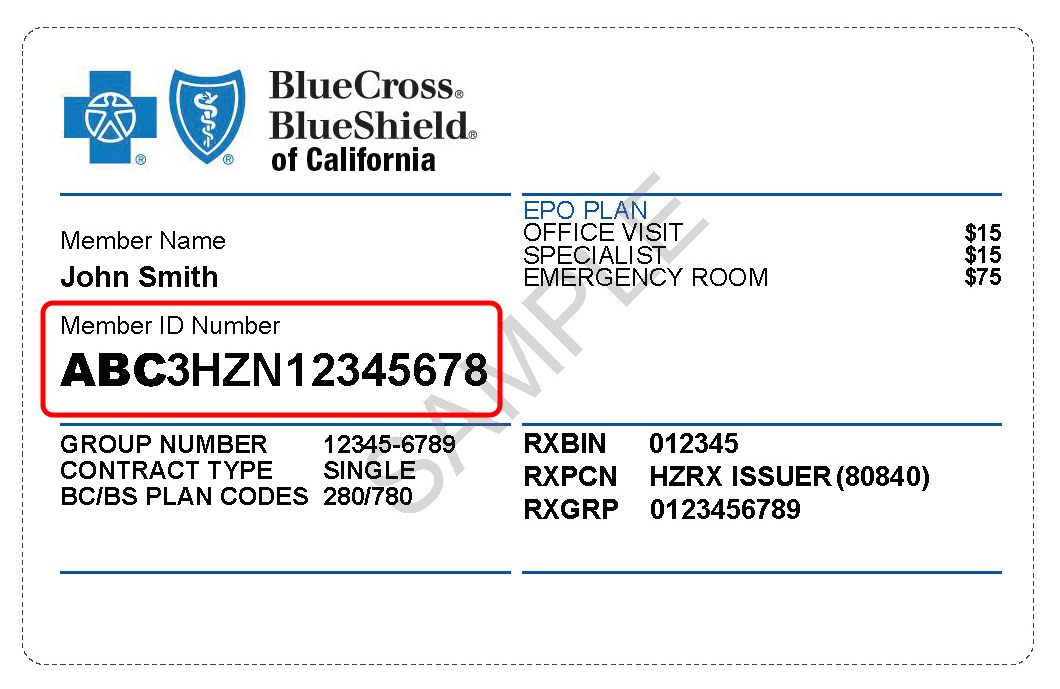
Get Sober. Stay Sober.
The road to recovery starts here: check to see if your treatment is covered by your Insurance carrier.
Insurance Coverage Check
Find out what your insurance will cover for your treatment.
WHAT ARE HALFWAY HOUSES?
The system of halfway houses has been established in numerous countries around the world. They were set up for people who have been involved with the criminal justice system, and people who were institutionalized for psychiatric care to learn, or re-learn how to cope with and function in society. These are meant to be 'safe spaces for these individuals to live without fear of judgementalism, criticisms, and the stigma of their lived experiences. Halfway houses provide a wide range of crucial services to empower these individuals to learn the skills they need (or re-learn them perhaps after a period of incarceration) to integrate or re-integrate into society. Some of these services are:
-
- Social
-
- Medical
-
- Educational
-
- Psychiatric
Not all countries use this term. For example, in the U.K. they are sometimes called Approved Premises, while Canada has adopted the term Community-Based Residential Facilities. There are also Sober/Recovery Houses which are covered in a separate blog.
"The earliest halfway houses were developed in 18th-century England and originally intended for children that had been arrested for petty crimes. The first privately owned U.S. halfway house was opened by Maud Ballington Booth in 1896, located in New York. It was intended to help criminals of all ages reintegrate into their communities, find jobs, improve their health and stay sober."

WHO GOES TO HALFWAY HOUSES?
As stated above, the people who spend time in a halfway house would be individuals who have been involved with the criminal justice system, or spent time in institutionalized psychiatric care. The high level of support services within the halfway house system is meant to prevent relapse or recidivism. The decision to send someone to a halfway house is usually made by either a judge or prosecutor. (See the detailed chart below).
HOW DO THEY WORK?
The term is meant to convey the situation of people living halfway between a restricted and fully independent life. Many people who spend time in a halfway house do go on to live independently in society and make a successful return to a healthy lifestyle.
For some individuals, the halfway house is where they serve their entire sentence. These individuals are likely making practical restitution for their crimes. They would likely not be the crimes courts take more seriously such as sexual assault, abuse, murder, terrorism, etc. In recent years, the U.S. has reported almost 10,000 individuals living in the halfway house system. The fact is, that halfway houses are, to a very high degree, an extension of the system of incarceration in the U.S. Persons are subject to security, surveillance, and a litany of rules. It may be this was set up intentionally to ensure people are ready for re-entry into society.
The halfway house system has, like many other aspects of the justice system, come under scrutiny in recent years. Questions are being asked as to whether or not people truly benefit from spending time there.
According to recent research by Kent State University, one of the key problems is a lack of consistency and transparency across the system. There has been criticism that labels them inadequate to the tasks they supposedly take on. More recently, there have been rising concerns that residents have been forced to hide a COVID-19 diagnosis for reporting statistics. As such, there likely needs to be additional research on the state of the halfway house system.
FURTHER RESOURCES
-
- Ontario Halfway House Association: Frequently Asked Questions - http://halfwayhouses.ca/en/region/ohha/page/frequently_asked_questions/
-
- The Impact of Halfway Houses on Parole Success and Recidivism, The Journal of Sociological Research - https://www.macrothink.org/journal/index.php/jsr/article/viewFile/8038/6617
-
- Polcin DL, Korcha R, Bond J, Galloway G. What did we learn from our study on sober living houses and where do we go from here? J Psychoactive Drugs. 2010;42(4):425-433. doi:10.1080/02791072.2010.10400705
-
- The National Alliance on Recovery Residences - www. https://narronline.org/ - The National Alliance for Recovery Residences (NARR) is a 501-c3 nonprofit organization dedicated to expanding the availability of well-operated, ethical and supportive recovery housing. They have developed the most widely referenced national standard for the operation of recovery residences. They work with and support 30 state affiliate organizations. NARR and these organizations collectively support over 25,000 persons in addiction recovery who are living in over 2,500 certified recovery residences throughout the United States.
